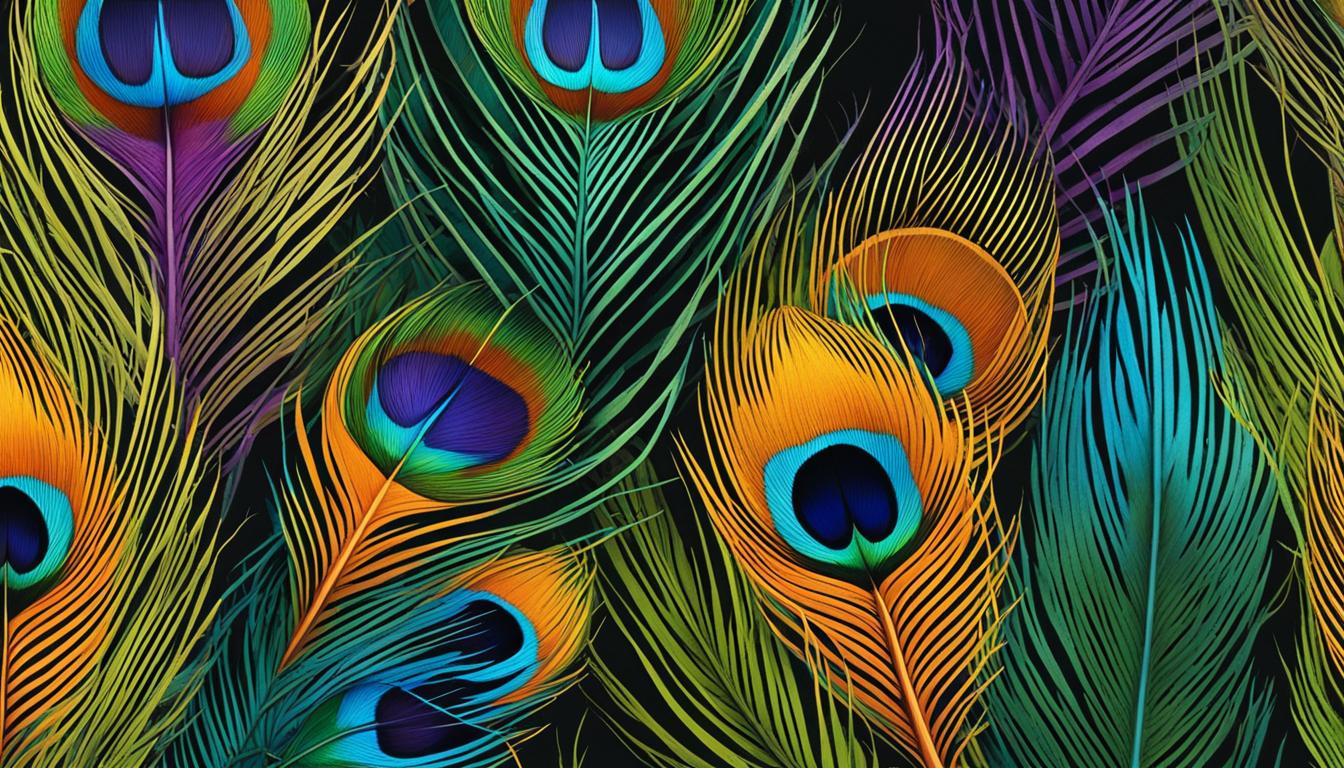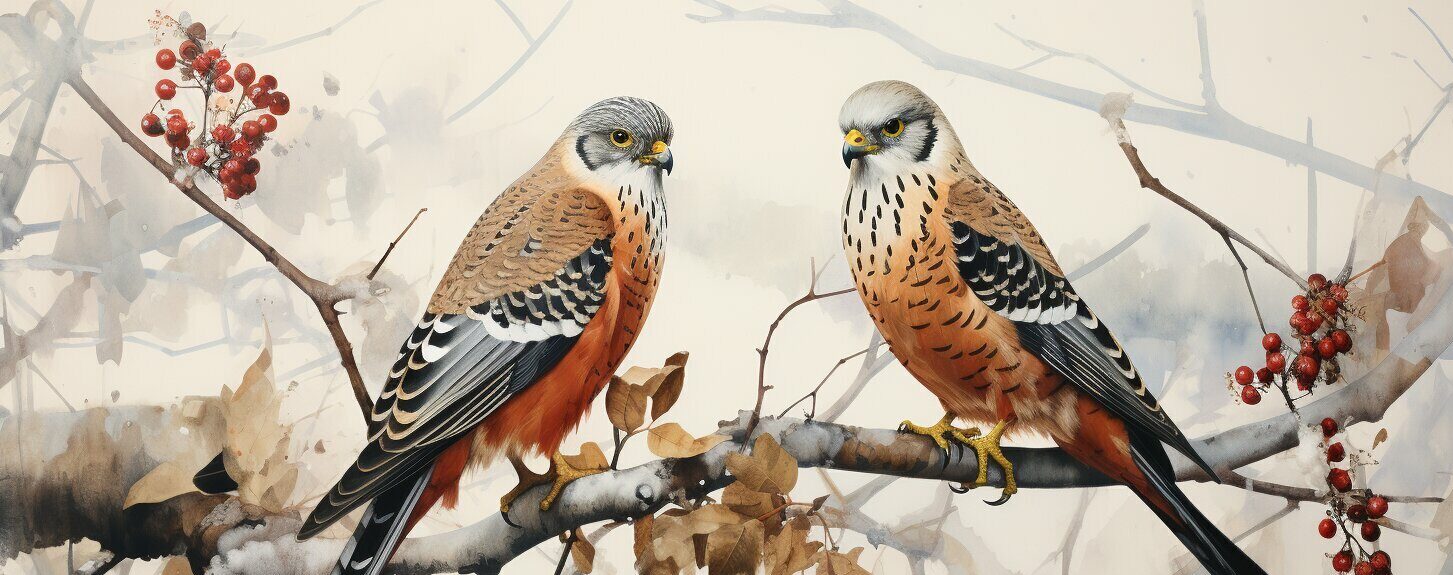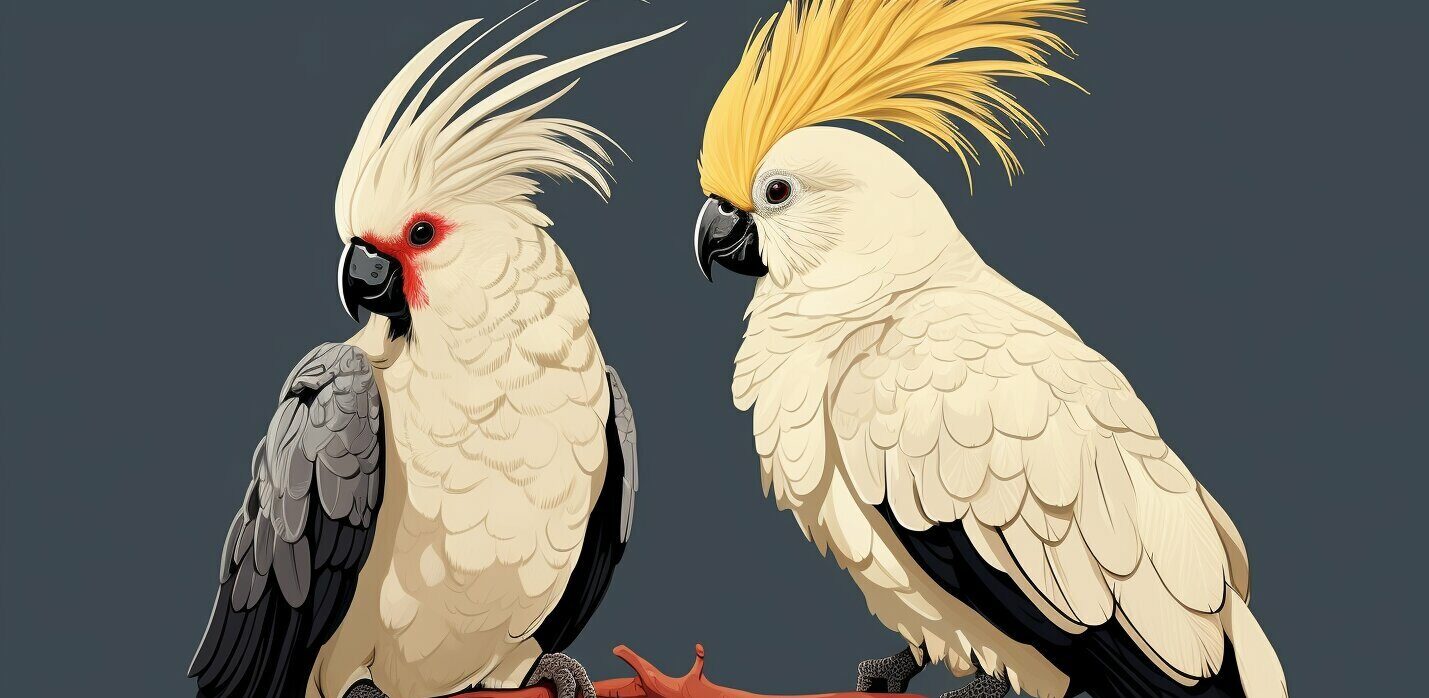From the vibrant plumage of the Scarlet Macaw to the sleek feathers of the Peregrine Falcon, avian feather patterns have captivated our imaginations for centuries. But what drives the stunning bird feather variation seen throughout the skies? This article dives deep into the fascinating world of avian biology to uncover the various factors that contribute to the wonderful diversity of bird feathers, such as evolutionary adaptation, genetic influences, and environmental impacts. With this newfound understanding, you’ll come to appreciate the intricate beauty of our feathered friends like never before.
Key Takeaways
- Feather variations among birds are crucial for diverse avian survival strategies.
- Evolutionary adaptation plays a key role in shaping feather structure and function.
- Genetic factors have a significant impact on bird feather variation.
- Different bird species have unique, species-specific feather patterns and functions.
- Environmental factors, such as habitat and nutrition, greatly influence the coloration and structure of bird feathers.
The Evolutionary Adaptation of Feathers
The rich diversity of bird feathers can be largely attributed to the process of evolutionary adaptation. This has allowed for the development of feathers with unique structures and functions that have provided a variety of survival benefits, tailored to the needs of different bird species. In this section, we discuss the role of natural selection in feather development and explore the survival benefits offered by different types of feathers.
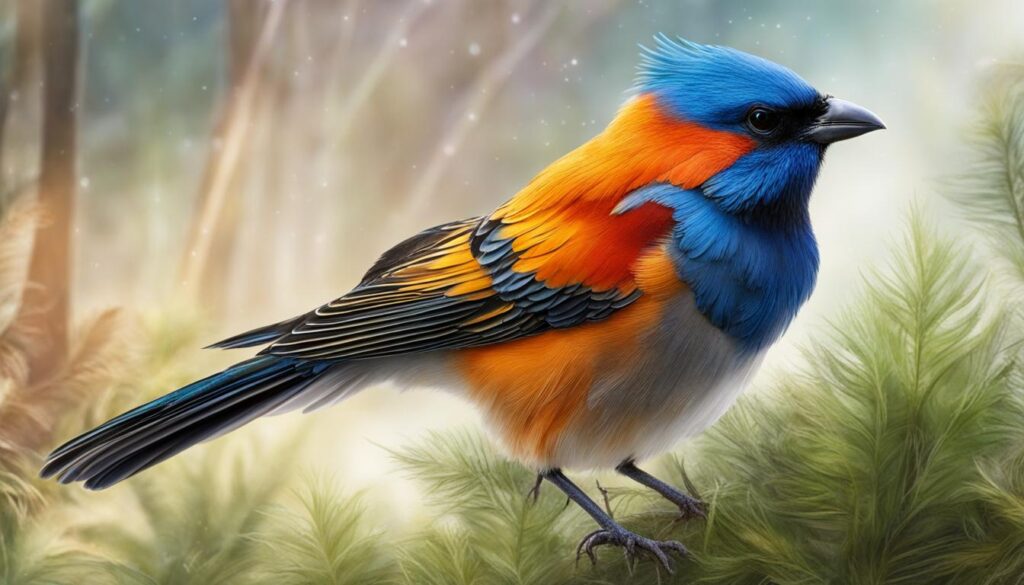
The Role of Natural Selection in Feather Development
Natural selection has been instrumental in shaping the evolution of feather structure and function over millions of years. As birds adapted to their environments and specific ecological niches, certain feather traits provided increased survival and reproductive success. As a result, birds with these advantageous traits were more likely to pass on their genetic material to subsequent generations, leading to the prevalence of those traits within the population.
For example, the large, rigid flight feathers found on a peregrine falcon enable it to achieve remarkable speeds and agility in the air, thus improving its hunting success and overall survivability. Conversely, the brilliantly colored feathers of the male peacock, although not advantageous for survival, play a crucial role in attracting a mate and securing reproductive success.
Survival Benefits of Different Feather Types
Birds possess a variety of different feather types, each offering unique survival advantages. Some of the most significant feather types include:
- Flight feathers: These aerodynamically shaped feathers provide birds with the capacity to fly, enabling them to escape predators, hunt for prey, and search for suitable mates.
- Down feathers: Soft and fluffy, down feathers provide excellent insulation, helping birds to maintain their body temperature despite the challenges of their surrounding environment.
- Contour feathers: Laying over the top of the down and flight feathers, contour feathers help streamline the bird’s body, offering improved aerodynamics during flight.
- Filigoplumes: These hair-like feathers are often used in a bird’s preening and grooming behavior, helping to maintain the overall health of their plumage.
- Display feathers: Display feathers are found in a variety of birds and serve as an eye-catching visual signal during mating rituals or territorial displays.
These various feather types, when combined together, provide birds with an extensive range of survival benefits, including insulation, camouflage, and aerial mobility. By continually adapting to environmental pressures, the evolutionary adaptation of feathers has allowed for the diverse and intricate plumage we observe in bird species today.
Genetic Factors Influencing Feather Variations
In addition to evolutionary adaptations and environmental influences, genetic factors also significantly contribute to the variety in bird feathers across avian species. Genetic traits such as mutations, heritability, and genetic diversity are of particular importance when examining the color, pattern, and texture of bird feathers.
At the core of genetic variation in feathers are mutations. Bird feather characteristics, including color and pattern, are determined by genes and their expression through a bird’s DNA. Mutations can introduce new characteristics and further increase the variation in feather coloration and structure. Mutations occur more frequently in some bird species than others, which results in even greater plumage diversity.
Heritability is another essential aspect of genetic factors influencing feather variations. Feather traits can be passed down from parent birds to their offspring, enabling certain characteristics to become more prominent within a species or population. Moreover, genetic diversity in avian populations ensures that there is a wide range of potential feather traits available for natural selection to act upon, ultimately shaping the feathers of different bird species.
- Mutations: Bird feathers can exhibit both subtle and dramatic differences due to genetic mutations, producing diverse colors and patterns depending on the species.
- Heritability: Feather traits passed down from parent birds to their offspring can provide significant advantages, such as camouflage or attracting mates, that influence changes within a species.
- Genetic Diversity: Populations of birds with a high level of genetic diversity display a broad array of potential feather traits and adaptations, enabling evolution to shape plumage across species.
Through understanding the genetic factors at play, we can shed light on the intricate mechanisms behind avian species and feather differences, revealing the incredible complexity that drives the vast range of feather variations in the bird kingdom.
Bird Plumage Diversity Across Avian Species
Feathers and their unique patterns play a significant role in the lives of avian species and can differ remarkably among various bird groups. In many cases, birds have evolved distinct species-specific patterns and related functions that affect their communication, mating rituals, and even their survival. Examining these variations reveals how different types of plumage cater to the needs of particular bird species.
Species-Specific Feather Patterns and Their Functions
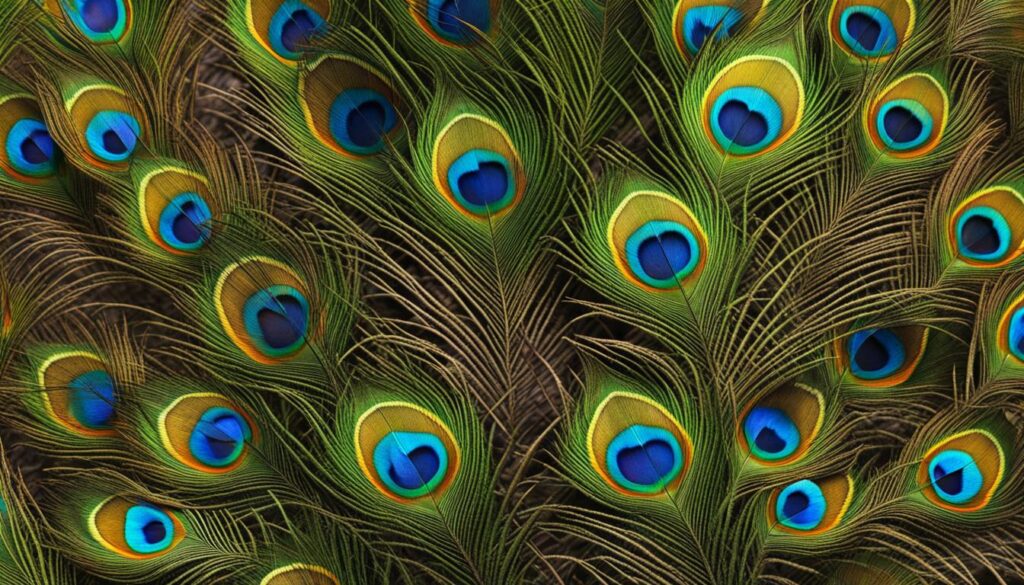 : Perhaps one of the most well-known examples of species-specific feather patterns is the extravagant and vibrant train of peacock feathers. The complex eye-spots and striking colors provide an intricate display used by males to attract females during mating season. Additionally, the feather structure can produce a rustling sound that also contributes to the mating ritual.
: Perhaps one of the most well-known examples of species-specific feather patterns is the extravagant and vibrant train of peacock feathers. The complex eye-spots and striking colors provide an intricate display used by males to attract females during mating season. Additionally, the feather structure can produce a rustling sound that also contributes to the mating ritual.
American Goldfinch: The bright yellow plumage with a black cap sported by male American Goldfinches during breeding season ensures that they stand out to potential mates. The vibrant color signals good health, and females are generally attracted to the brightest males. Moreover, the American Goldfinch undergoes a seasonal molt, with its feathers transforming to a duller color during the winter months, serving as camouflage against the natural environment.
Spotted Woodpecker: Sporting a striking set of black-and-white feathers with red undertail coverts, the Spotted Woodpecker’s plumage provides excellent cover when clinging to tree trunks. The patterned feathers mix perfectly with the dappled shade of the forest, making it difficult for predators to detect the woodpecker while foraging or nesting.
- Peacock: ornate and colorful feathers for mating display
- American Goldfinch: seasonal feather changes for mating and camouflage
- Spotted Woodpecker: patterned plumage for forest camouflage
Other avian species that exhibit remarkable plumage diversity include :
- Mandarin Duck: dazzling feathers used primarily for sexual selection
- Snowy Owl: white plumage for blending into Arctic habitats
- Io Moth: unique eyespot pattern on wings to deter predators
- Hooded Pitta: green body feathers to blend in with environment
| Species | Feather Pattern or Color | Primary Function(s) |
|---|---|---|
| Peacock | Vibrant, eye-spots, iridescent | Mating display, attracting females |
| American Goldfinch | Bright yellow (male), seasonal shift | Mating attraction, camouflage |
| Spotted Woodpecker | Black-and-white, red undertail coverts | Forest camouflage, predator deterrence |
| Mandarin Duck | Colorful and ornate | Sexual selection, attracting females |
| Snowy Owl | Pristine white, occasional flecks | Arctic camouflage, predator deterrence |
| Io Moth | Eyespot pattern on wings | Predator deterrence, mimicry |
| Hooded Pitta | Green body feathers | Environmental blending, camouflage |
By examining the bird plumage diversity of various avian species, we gain insights into the meaningful reasons behind their unique feather colors, patterns, and textures. These species-specific patterns have evolved over time, shaping each bird’s appearance to fulfill vital functions in their lives, ensuring their survival, and perpetuating their genetic lineage.
Environmental Impact on Feather Coloration and Structure
The environment and habitat in which birds live have a significant impact on their feather coloration and structure. Factors such as climate, the presence of predators, and the need for concealment or attraction contribute to the specific feather adaptations in birds. Additionally, nutritional access also plays a vital role in determining the quality and coloration of bird feathers.
How Habitat Influences Feather Adaptations
Various environmental factors can affect bird feather adaptation. These factors include:
- Climate: Birds living in colder regions tend to have denser plumage and more down feathers to provide insulation and maintain body heat. Similarly, birds in warmer regions may have lighter or thinner feathers to dissipate heat effectively.
- Predators and prey: Birds facing a higher prevalence of predators may develop more cryptic coloration, patterns, or textures that help them blend into their surroundings. Conversely, birds that rely on capturing prey may have more striking colors or feather structures to confuse or startle their prey.
- Mating strategies: In many bird species, males display elaborate feather patterns or bright colors to attract females. Females, on the other hand, often have more subdued colors to remain concealed while incubating eggs and protecting young.
The Significance of Nutritional Access on Plumage
Nutrition plays a crucial role in the quality and coloration of bird feathers. Proper nutritional access impacts:
- Feather health and growth: Nutrients like proteins, vitamins, and minerals are essential for healthy feather development and maintenance. A lack of these nutrients may lead to poor feather quality, weakness, or even feather loss.
- Coloration: Diet directly affects the pigments responsible for the color of bird feathers. For example, carotenoids, which are obtained through eating plant-based materials, contribute to the bright red, orange, and yellow colors seen in some bird species. The absence of these pigments in the diet may cause duller, less vibrant colors.
In conclusion, both habitat and nutritional access play significant roles in determining the color, pattern, and structure of bird feathers. Understanding these environmental influences further deepens our appreciation of the vast plumage diversity exhibited by bird species across the globe.
Conclusion
As we have explored in this article, the question of Why Do Feathers Vary Among Birds? can be attributed to a combination of factors, such as evolutionary adaptation, genetic influences, and environmental impacts on avian feather patterns. By understanding these aspects, we can better appreciate the incredible diversity and complexity of the bird kingdom and the various ways that feathers aid in their survival, reproduction, and overall well-being.
Throughout this journey, we have uncovered the incredible bird feather structure and function that have developed as a result of millions of years of natural selection and adaptation. We have also recognized the myriad roles that feathers play in diverse avian species, from insulation and camouflage to mating displays and aerodynamics. This knowledge allows us to further appreciate the elaborate patterns and vibrant colors that birds exhibit in their plumage.
As we continue to study and observe the countless avian species that grace our skies, we must never lose sight of the awe-inspiring plumage diversity they possess. By understanding the true wonders of bird feathers and their complex adaptations, we can foster a greater appreciation and respect for the beauty and diversity of the natural world around us.
FAQ
What are the main factors contributing to bird feather variation?
The factors that contribute to bird feather variation include evolutionary adaptation, genetic factors, and environmental impacts. These factors all shape the features, coloration, and patterns of feathers in different bird species.
How does evolutionary adaptation play a role in feather development?
Evolutionary adaptation, through natural selection, has played a key part in the development of feather structure and function over millions of years. For example, certain feather adaptations have increased a bird’s survival and reproductive success by improving insulation, camouflage, mating displays, and aerodynamics.
What role do genetics play in feather variation?
Genetics play a crucial role in the color, pattern, and texture of bird feathers across different species. Mutations, heritability, and genetic diversity all factor into the variation of feathers among birds, leading to species-specific patterns and features.
How does a bird’s habitat influence feather adaptations?
A bird’s habitat significantly influences feather coloration and structure. Factors such as climate, the presence of predators, and the need for concealment or attraction have led to specific feather adaptations that help the birds survive and thrive in their environment.
Can diet affect the quality and coloration of bird feathers?
Yes, diet plays an important role in the quality and coloration of bird feathers. Access to proper nutrition affects feather formation and maintenance, as well as the overall health of the bird. Environmental factors, such as food availability, can greatly impact plumage development in birds.
 Skip to main content
Skip to main content